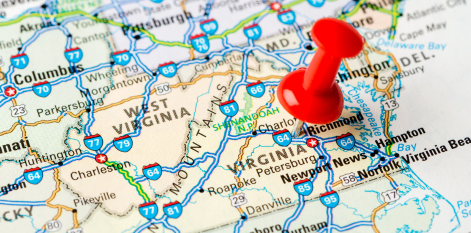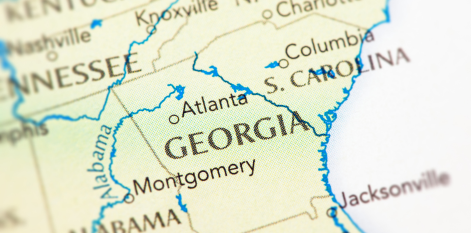When designing or maintaining a playground in North Carolina, it’s essential to comply with specific surface regulations to ensure children’s safety. North Carolina requires playgrounds—especially those at licensed childcare centers and public parks—to use protective surfacing under and around equipment to prevent injury from falls.
In North Carolina, playground safety regulations are managed by the Division of Child Development and Early Education (DCDEE). These rules are primarily enforced for licensed child care centers but often influence broader public playground standards. The playground guidelines stem from the North Carolina Administrative Code and are based on national safety recommendations, such as those from the Consumer Product Safety Commission (CPSC).

Required Protective Surfacing
When Surfacing Is Required
Playground surfacing is required under any stationary equipment that children can climb or fall from if it exceeds 18 inches in height. This includes slides, swings, climbing structures, and elevated play platforms.
Approved Surfacing Materials
North Carolina allows two types of protective surfacing: loose-fill and unitary.
Loose-fill surfacing includes:
- Wood mulch (engineered or double-shredded)
- Uniform wood chips
- Fine or coarse sand
- Pea gravel (not allowed in play areas for children under 3)
Unitary surfacing includes:
- Poured-in-place rubber
- Rubber tiles or mats
- Synthetic turf systems that meet safety testing standards
All surfacing materials must meet minimum impact attenuation standards, meaning they must absorb enough shock to reduce injury from falls.
Prohibited Surfacing
The following are not considered safe for use under playground equipment:
- Bare soil
- Concrete
- Asphalt
- Grass or turf without approved underlayment
Fall Zones and Use Area Guidelines
General Fall Zones
Protective surfacing must extend at least six feet in all directions from the edge of stationary playground equipment. This area, known as the “fall zone,” ensures that children landing beyond the equipment are still protected.
Swing Set Requirements
Swings have specific fall zone requirements:
- The surfacing must extend in front and behind the swing to a distance equal to twice the height from the swing’s pivot point to the ground.
- Tot swings (bucket-style seats for younger children) follow the same fall zone rules.
Slide Surfacing Requirements
Slides require additional surfacing at the slide exit. Typically, a semi-circular area at least six feet in diameter must be clear of other equipment and contain appropriate surfacing material.
Equipment Height and Safety Features
Guardrails and Barriers
| Age Group | Platform Height & Required Safety Feature |
| Infants & Toddlers (under 2 years) | Over 18 inches: Guardrails or barriers must be at least 24 inches high |
| Preschool-Aged Children (2 to school age) | 20–30 inches: GuardrailsOver 30 inches:Barriers |
| School-Aged Children | 30–48 inches: GuardrailsOver 48 inches: Barriers |
Equipment Spacing
To reduce collision and overcrowding risks:
- Equipment over 30 inches high must be spaced at least nine feet apart
- Equipment 30 inches or lower must be spaced at least six feet apart
Maintenance and Monthly Inspections
Playgrounds at licensed child care facilities must be inspected monthly. These inspections ensure:
- Surfacing material remains at the correct depth
- No sharp or broken equipment parts are present
- Surfaces are level and not compacted
- There are no tripping hazards or worn areas
Staff should use a standardized checklist during inspections and immediately correct any hazards.
ADA Accessibility Requirements
Playgrounds must also comply with Americans with Disabilities Act (ADA) standards. This means:
- Surfaces must be firm, stable, and slip-resistant
- Loose-fill materials like wood chips can be used if properly maintained and compacted
- Poured-in-place rubber and rubber tiles are often preferred for accessible routes and equipment access
Conclusion
North Carolina’s playground surface regulations are designed to protect children while allowing them to play freely and safely. From the type of surfacing used to monthly inspections and fall zone distances, each rule serves a clear purpose—minimizing injury risk and promoting accessibility.
Whether you’re a school administrator, park planner, or childcare provider, following these regulations isn’t just about compliance—it’s about ensuring that every child can enjoy safe, enriching outdoor play. For support with surfacing materials or installation, reach out to trusted playground surfacing experts like Custom Park Surfacing to ensure you meet every requirement with confidence!




